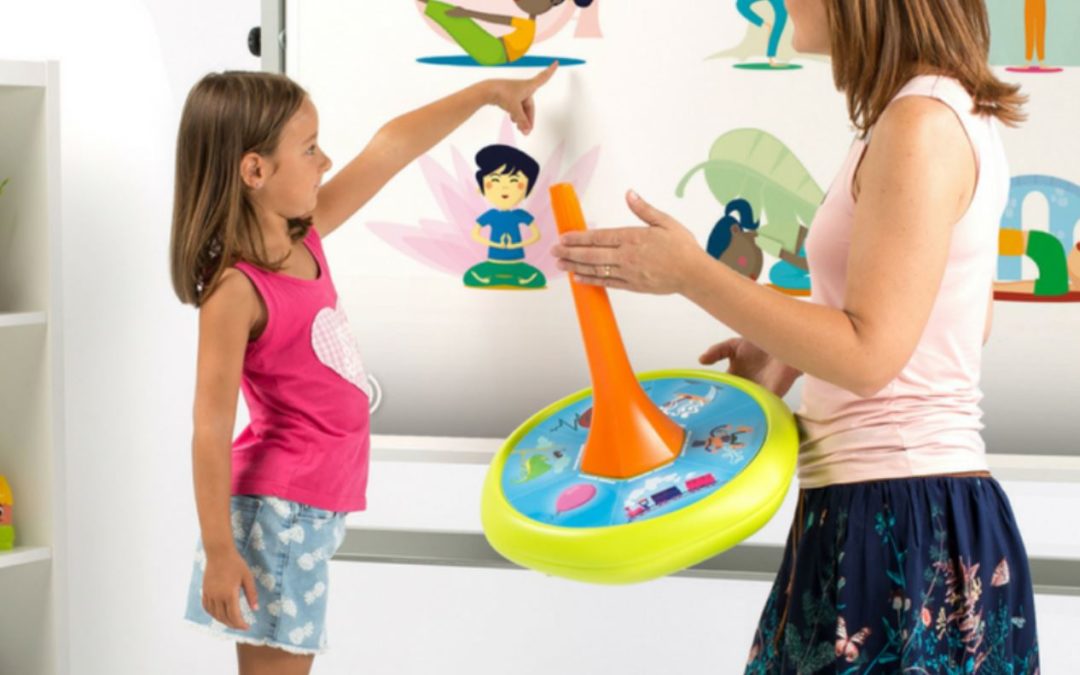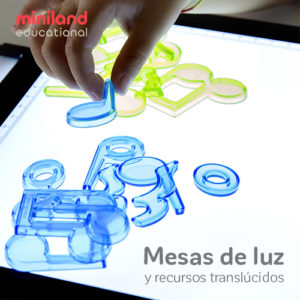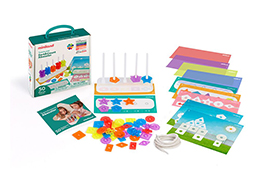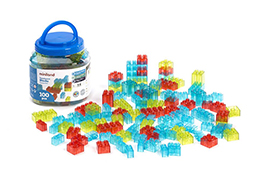Unlocking the benefits of multiplay comes easily when using learning aids and educational toys. To take the strain out of your search for these, it helps to work with experts. Miniland has specially designed range that inspires this way of playful engagement, and share some of their catalogs with this handy How-To guide that makes inspiring the multiplay experience as easy as 1, 2, 3!
Quick hack #1: Match learning aids to developmental level
Catering to a group of children (e.g. in a classroom) is challenging. Even within the same grade, a class of children will display a range of learning abilities and styles. A cost-effective way to build your collection of learning aids is to buy one or two key tools that cater for the widest range of students and cater for any students falling on either side of this norm by varying their instructions slightly.

Keeping this in mind, toys such as BBQ Emotions are versatile additions to your classroom, because they develop one key skill — emotional regulation — in many ways. A good multiplay aid punctuates and doesn’t define, the learning activity. The range of games and activities you can play with BBQ Emotions! around this theme are near-endless.
This allows you to pitch your content and delivery in ways that perfectly connect with the varied personalities that make up your class. These games also grow their ability to form healthier connections between themselves and their extended social network, essentially strengthening your community from the center of your classroom.
Quick hack #2: Make it social
As a teacher in today’s urban world, it’s easy to feel alone in your role as guardian of your class’s development. The good news is that multiplay experiences can regrow the sense of social connection between your class, and between them and their parents and guardians. Games like Miniland’s imagination-based Follow the Big Foot, require cooperation between players to succeed.

It also opens up the opportunity for role-play. For example, playing the game at an open day can involve roping in a grandparent to tell the story which guides the adventure, while older siblings join the team. This not only sets up a beautiful set of memories for your class to draw on in future lessons, but also exploits a key of any good multiplay session: a reliance on a story to deliver content.
Quick hack #3: Open up to a networked way of thinking
The multiplay activity doesn’t always appear to be addressing the skill you’d like to grow in your child, or deliver the content you have scheduled in your curriculum. However, it pays to set aside time to dedicated multiplay sessions and close the net on specific curriculum goals in additional lessons. For instance, Miniland’s Mindful Kids is a learning aid that helps you facilitate a range of activities developing mental clarity, emotional self-regulation and body-awareness through content. In this way it’s possible to deliver a range of subject-knowledge to a class that is growing in mindfulness at the same time.
Smart, right? Find out more here about how specialist toy makers, Miniland, can open up the world of multiplay for you in your classroom.





